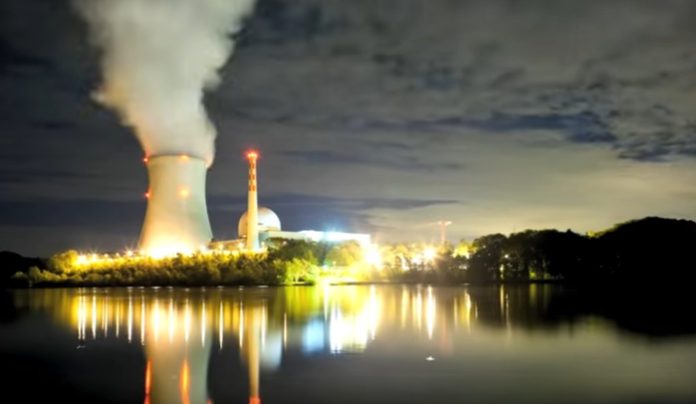Thermal pollution occurs when there is a decline in overall water and/or air quality that causes it to rise in temperature through an artificial process. It may occur for any reason, but one of the primary causes of thermal pollution today comes from coolant water that is used by manufacturing and power production facilities.
Without effective solutions to thermal pollution, we may be setting the stage for a furtherance in the global warming being experienced. Here are some ideas that can help to reverse the potential damage this pollution could be causing.
1. Plant more shade trees.
Shade trees around waterways and coastal locations help to lower temperatures by blocking the sun’s rays and absorbing carbon emissions. This prevents the water from heating to abnormal temperatures. We could also achieve the same effect by not harvesting shade trees.
2. Reduce electrical consumption.
Because power plants are a major contributor to thermal pollution, one simple solution to implement is to use less power. This would require less water to be used as coolant, which would reduce the heated water being sent back to the same body of water from which it had been acquired.
3. Control temperatures in urban areas.
Another major source of thermal pollution is water runoff from hot concrete, asphalt, and similar surfaces. By taking another look at city planning and working to normalize these temperatures, we could help to reduce the harmful temperatures that occur during the hottest months of the year.
4. Look at no till farming options.
Another source of thermal pollution is soil erosion. When top soil goes away, it reduces the amount of filtering that the ground naturally provides. By changing our farming methods to a more sustainable no till method, we can still achieve similar yields while continuing to maintain the planet’s natural processes to reduce thermal pollution issues.
5. Use heated water as a power source.
Many homes use heated water as a source of power. It is currently processed through solar panels or a similar system, but we could also recycle the artificially heated water for power in other ways in a secondary process.
Thermal pollution cannot be overlooked as a potential threat to the environment. These solutions are just a few of the ways we can get started on the restoration process today.
Crystal Lombardo is a contributing editor for Vision Launch. Crystal is a seasoned writer and researcher with over 10 years of experience. She has been an editor of three popular blogs that each have had over 500,000 monthly readers.


















